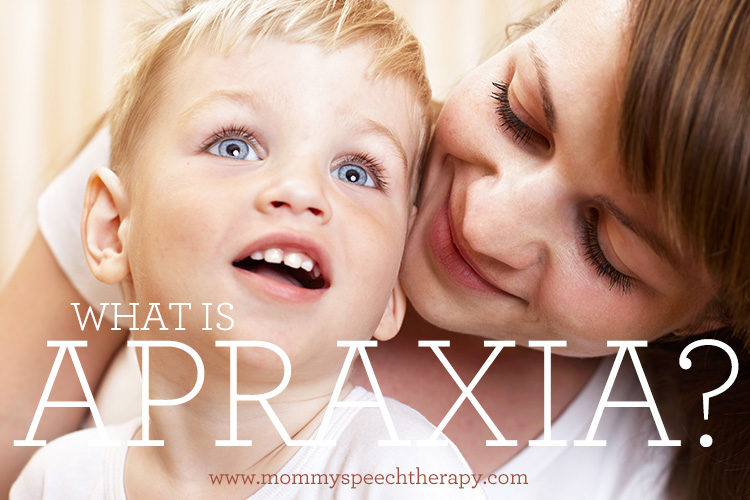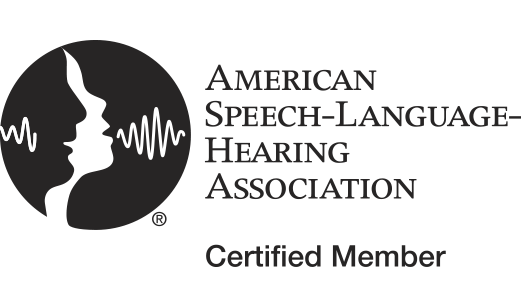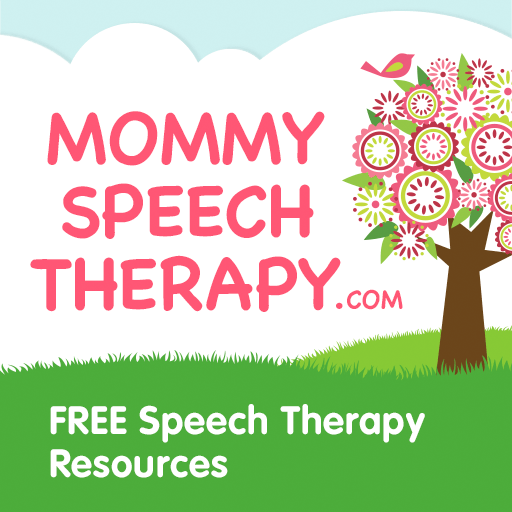For a moment I want you to imagine (though this may not be too far off from reality for some) that you are the parent of a young child whose speech is severely unintelligible. People unfamiliar with your child cannot understand him or her when they attempt to speak, and sometimes even you, as a parent, have trouble trying to make sense of your child’s attempts at communication. Your child seems to understand language, but expressively the sounds and syllables of their words seem to be off target. You consult a speech language pathologist (“SLP”), who uses the term “apraxia” as a possible reason for your child’s speech difficulties—but what is apraxia?
What is Apraxia?
Apraxia is a type of motor speech disorder that affects the way the body is able to produce speech. Motor speech disorders are neurological in nature, meaning a child’s brain has difficulty coordinating the different body parts needed to produce speech—the tongue, lips, and lower jaw. Due to this neurological difference, children with apraxia struggle with sequencing and articulating sounds, syllables, and words when they are trying to communicate. As a result of these struggles, children with apraxia can be difficult to understand. Apraxia is different from other motor speech disorders in that it is not caused by muscle weakness, a limited range of motion, or paralysis of any muscles.
Below, I have addressed some frequently asked questions that parents may have when faced with the possibility of apraxia. It is important to note that apraxia can go by many other labels, including its more formal name—childhood apraxia of speech (CAS). Other labels include: dyspraxia, developmental apraxia of speech, developmental verbal apraxia, or verbal dyspraxia. These different terms can be found throughout the span of literature devoted to the subject, but for simplicity’s sake, I will simply refer to the disorder as “apraxia” for the remainder of this post.

Apraxia is most often caused by neurological damage due to infection, illness, injury, or trauma. Apraxia can also be a secondary characteristic of other conditions including some genetic disorders, degenerative disorders, metabolic disorders, and even seizure disorders; however, not all children with these types of disorders will exhibit apraxia. There are also instances when the cause of apraxia will be unknown and there will not be any apparent neurological indicators for why a child is exhibiting apraxia in speech.
What Are the Signs and Symptoms of Apraxia?
Apraxia can be a perplexing disorder for parents due to its complexity. Part of the confusion associated with the disorder is that not all children with apraxia will exhibit the same types of signs or symptoms. Symptoms can also vary in their severity from mild to profound. The most common characteristics of apraxia include:
Late talking
Though this symptom can be indicative of many other speech or language disorders, if your baby does not coo or babble, or if your toddler is considered a “late talker”, apraxia could be involved.
Articulatory groping
This is a type of searching or struggling behavior that a child attempts with their tongue, lips, or lower jaw when they are trying to communicate. Attempts at coordinating these body parts may appear “off target”.
Errors are inconsistent
Different kinds of errors will occur on the same word when repeated over and over again.
Imitated vs. Spontaneous speech
Automatic speech (i.e. counting, singing the alphabet, social greetings, etc.) and imitated speech will be less affected then spontaneous speech.
Multisyllabic words are harder
The frequency of errors will increase the more complex the word or utterance.
Prosody
Prosody can be affected by a reduced rate of speech, monotone speech with little pitch variance, or the child may stress the wrong syllable or word.
Reduced speech intelligibility
Due to the inconsistency and frequency of their errors in speech, children with apraxia will be difficult to understand to unfamiliar listeners.
What Does Treatment for Apraxia Involve?
If you have concerns that your child may be exhibiting signs or symptoms of apraxia, it is important to have the child evaluated by an SLP. An SLP may be able to exclude other speech disorders to help determine if your child does have apraxia; this will also aid in determining a course of treatment. It is important to note that the labels “developmental apraxia of speech” or “childhood apraxia of speech” can be misleading. This is not a disorder that a child will grow out of. Many children can become intelligible speakers, but it takes time and commitment.
There is not an easy fix for apraxia, and because apraxia can manifest itself differently in every child, SLPs may use a variety of techniques in therapy to achieve maximum results. Research does show that children with apraxia benefit most from receiving frequent treatment sessions. SLPs may also suggest alternative means of communication such as sign language, or augmentative communication systems that may be implemented if a child is severely impacted in his or her communication. These alternative means of communication can serve as a temporary means to establishing a less-frustrating way for children with apraxia to express themselves and communicate with those around them until their speech begins to improve with treatment.
Naturally, parents will wonder if their child will ever be able to communicate effectively. Treatment outcomes may depend on the severity of the child’s apraxia, as well as whether any other co-occurring problems are present, such as delayed language development, difficulties with fine motor movements, or sensory-related issues. Generally, with timely and appropriate treatment, children with apraxia can make some level of progress and attain certain levels of intelligible speech and effective communication.

SLPs will usually send home information and specific assignments for parents to complete at home with their child once a plan of treatment has been determined. Consistent practice and repetition are important and necessary keys to helping children with apraxia achieve their potential for intelligibility and communication. Though apraxia can be frustrating at times for both parents and children, providing a variety of opportunities for a child with apraxia to talk is vital. Parents can get creative and make practice time fun to help in breaking up the monotony of therapy. Speech practice can be done during story time, in the car, in the tub, or while playing a game—anything that encourages communication.
Most of all, children with apraxia will benefit from a supportive environment that will help them feel positive as they strive to increase their successful communication attempts. I hope this information has better helped you understand the components of apraxia and wish you the best of luck while helping your child with their speech.






31 Comments